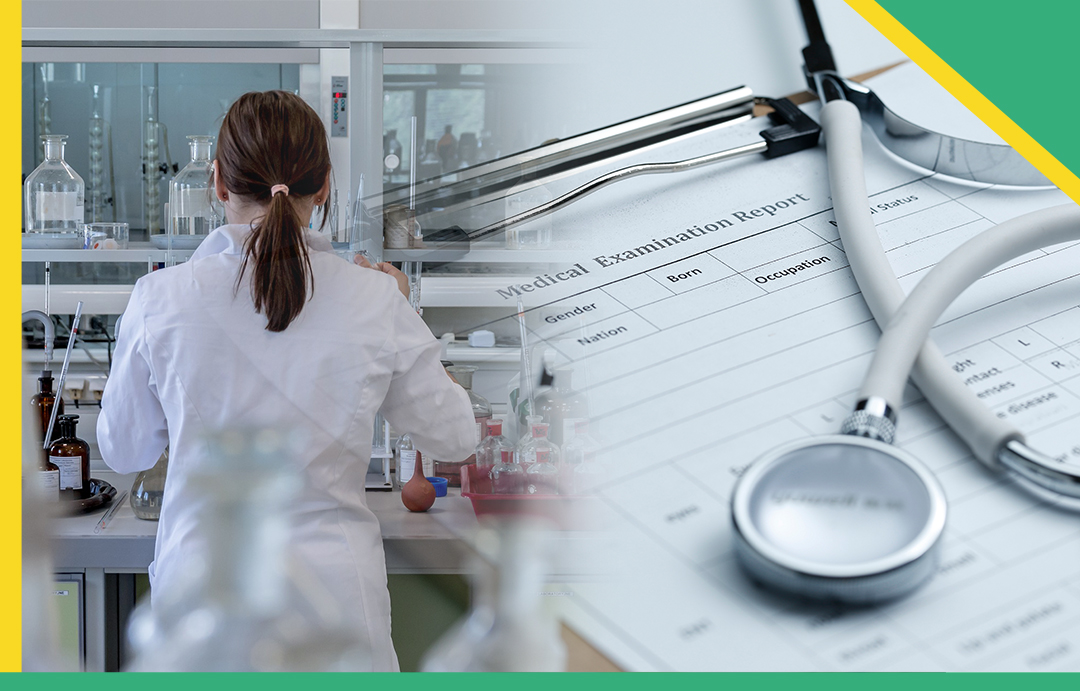Your Guide to Getting a Medical Report Translated Successfully

The translation of medical reports stands out significantly compared to other types of translations due to its critical impact on human health and well-being.
Medical reports, in particular, hold immense importance as they provide detailed information about a patient’s condition and the appropriate course of action.
When faced with the task of translating a medical report, individuals often feel overwhelmed and uncertain about where to begin, what their responsibilities are, and the role of the translation service provider in ensuring the highest quality outcome.
In this article, we will outline the steps to guide you throughout the detailed process of medical report translation, from recognizing the need for translating one to receiving a professionally translated document.
What is Your Part of the Process?
– Make sure that your report is clear and readable
The translator is the first hand of your report, and being able to read and comprehend it is the basic requirement of the translator to proceed with translating.
It is important to send a copy of your report that is clear, readable, by both the translator and the tool they are using, and ensure it is understandable.
Simply scanning or sending an unclear copy of a report might it make it challenging for the translator to understand the terms and the context of the text, which often leads to mistranslation.
– Ensure attaching relevant documents
To assist your translation service provider in delivering the best medical report translation, consider providing documents that offer context to the report.
If possible, include tests, x-rays, doctors’ opinions, medical prescriptions, and any other relevant documents that can enhance the understanding of the report’s context and background.
This is particularly important given the frequent use of abbreviations and acronyms in medical reports. Any documents you provide serve as references for the translator to accurately understand these abbreviations and acronyms.
– Clarify your Preferences
Each medical report varies in nature and context based on the patient and their condition.
It’s advisable to communicate your preferences to the medical report’s translator when translating the report. This includes specifications such as font style, formatting, preferred terms, and any other details that can enhance the readability, handling, and credibility of the report.
How to Choose the Best Translator for Your Medical Report?
Now that you have learned about the steps to take when translating a medical report, it’s important to understand how to ensure you get the best results when selecting a company or a freelance translator to translate your medical report.
Here are the key points to consider:
Accuracy in medical translation depends on hiring translators with expertise in the source and target languages, and medical knowledge.
Translators should ideally have certifications in medical translation. Clients should look for reputable agencies with a proven track record in medical translations.
Translators use medical dictionaries, glossaries, and specialized technology to maintain accuracy and consistency.
You should discuss with their translation service providers about the technology they use to enhance translation quality.
This decreases the chance of errors and improves efficiency.
Cultural differences can impact how well a medical document is understood.
Translators must adapt terms and practices to be culturally appropriate and clear for the target audience.
Clients should ensure their service provider considers cultural nuances in the translation process.
A professional translator, whether an individual or a company, must ensure a comprehensive review and editing process..
Having a second person working on a sensitive document like a medical report is essential to ensure the utmost accuracy.
Involving a second reviewer with a strong medical background can verify technical accuracy and minimize translation errors.
Address any errors or discrepancies promptly to ensure high-quality final documents.
Additionally, requesting partial deliveries can be an option to help identify and correct errors early, thus preventing delays.
Confidentiality is paramount in the translation of medical reports due to their sensitive nature.
Translation companies must adhere to strict confidentiality measures to safeguard the privacy and integrity of patients’ medical information.
Assessing your medical report’s translator’s commitment to confidentiality can be done by obtaining feedback from previous clients and ensuring the signing of contracts that specifically protect the confidentiality and privacy of your medical report.
Conclusion
Successful translation of a medical report demands careful consideration of numerous factors, where each step and factor contributes significantly to maintaining accuracy and reliability.
It requires a concerted effort from both parties involved, starting with providing the medical translator with all necessary resources and ensuring careful selection throughout the process
By following this guide, individuals and organizations can ensure precise translations of medical reports, thereby improving communication among healthcare professionals and ultimately enhancing the quality of patient care.
